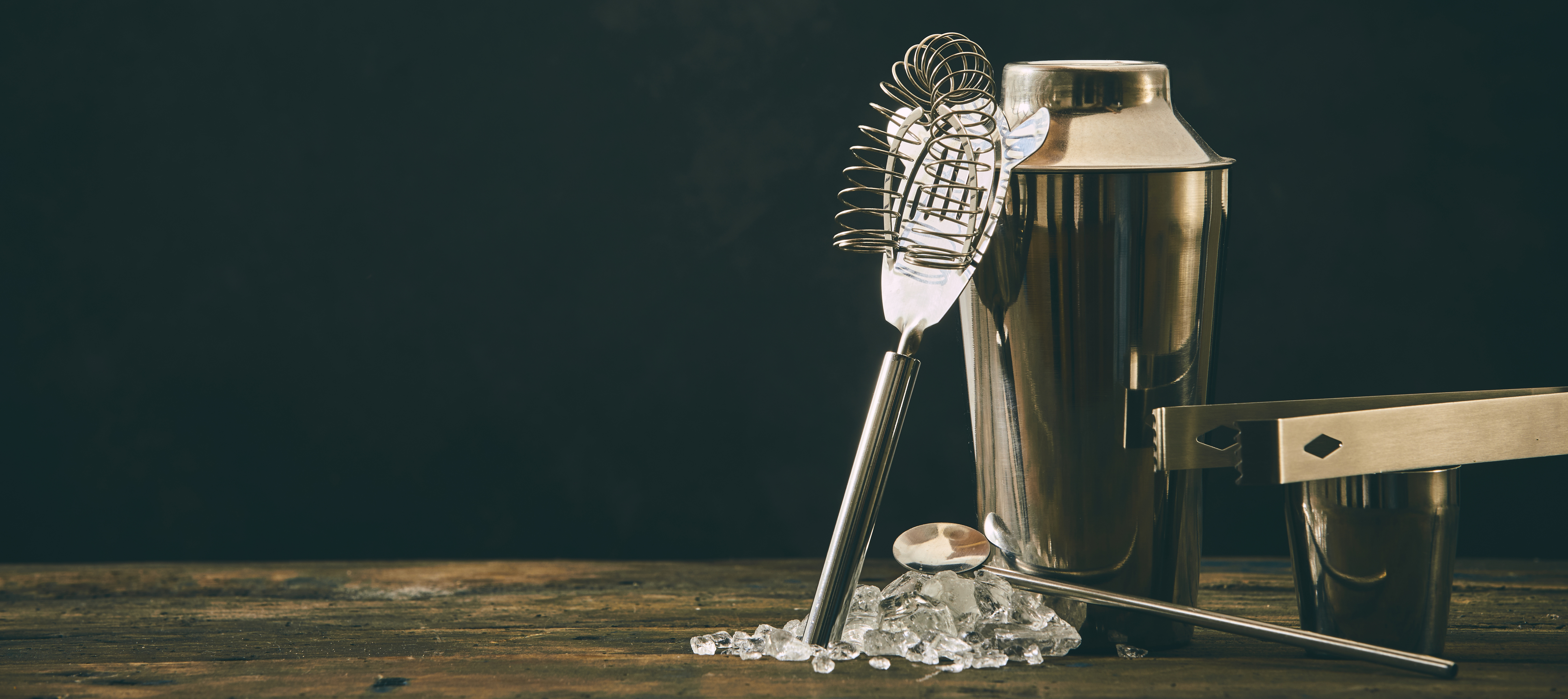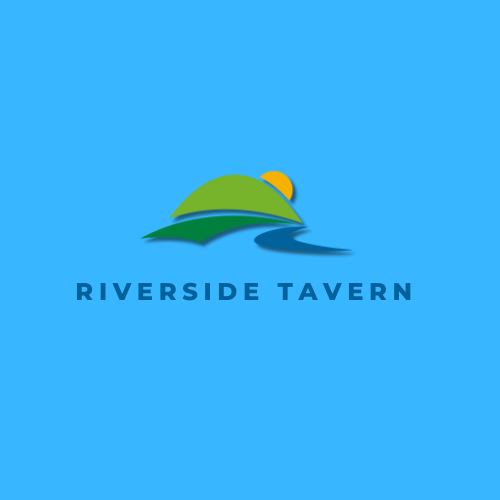
The Pro-Pour Training Program is a performance-based instructional solution designed to address profit margin loss at Riverside Tavern, a locally owned bar and restaurant in Lexington, KY. Between 2020 and 2024, Riverside Tavern saw liquor costs rise from 22% to 32% of total revenue—an increase that significantly reduced the business’s already narrow profit margins. While pricing adjustments and supplier negotiations have helped mitigate some of the impact, critical losses due to over-pouring, spillage, and shrinkage remain unaddressed.
Developed to target these high-impact inefficiencies, the Pro-Pour Training Program equips bartenders with the knowledge, tools, and habits needed to standardize drink preparation and improve accountability. The program integrates visual demonstrations, practice drills, procedural changes, and on-the-job job aids to build consistent pour accuracy, inventory tracking, and point-of-sale (POS) discipline across the staff.
By completing this training, bartenders will be able to:
The program is delivered through Articulate Storyline modules, video-based demonstrations, and interactive job aids, all designed to accommodate busy restaurant environments. Evaluation is grounded in the Kirkpatrick Model and includes real-time POS data, manager feedback, and post-training sales and inventory metrics to assess outcomes.
Through targeted behavioral changes and embedded systems of accountability, the Pro-Pour Program aims to reduce Riverside Tavern’s liquor cost percentage from 32% to a sustainable 25–28%, helping stabilize profitability in a competitive and cost-sensitive industry.
